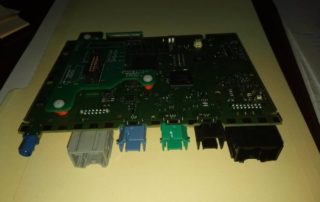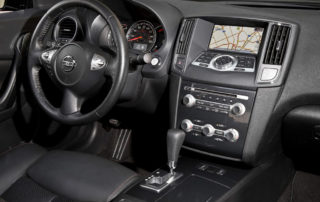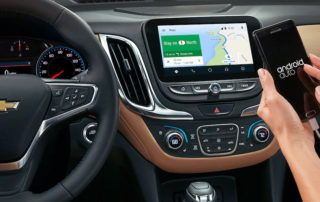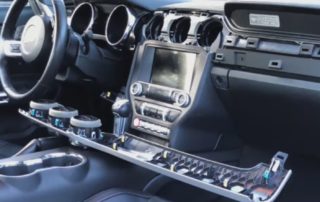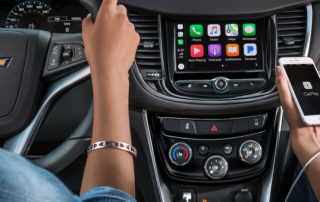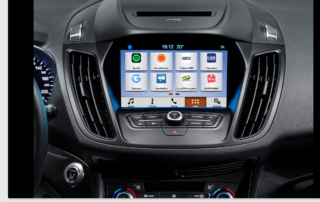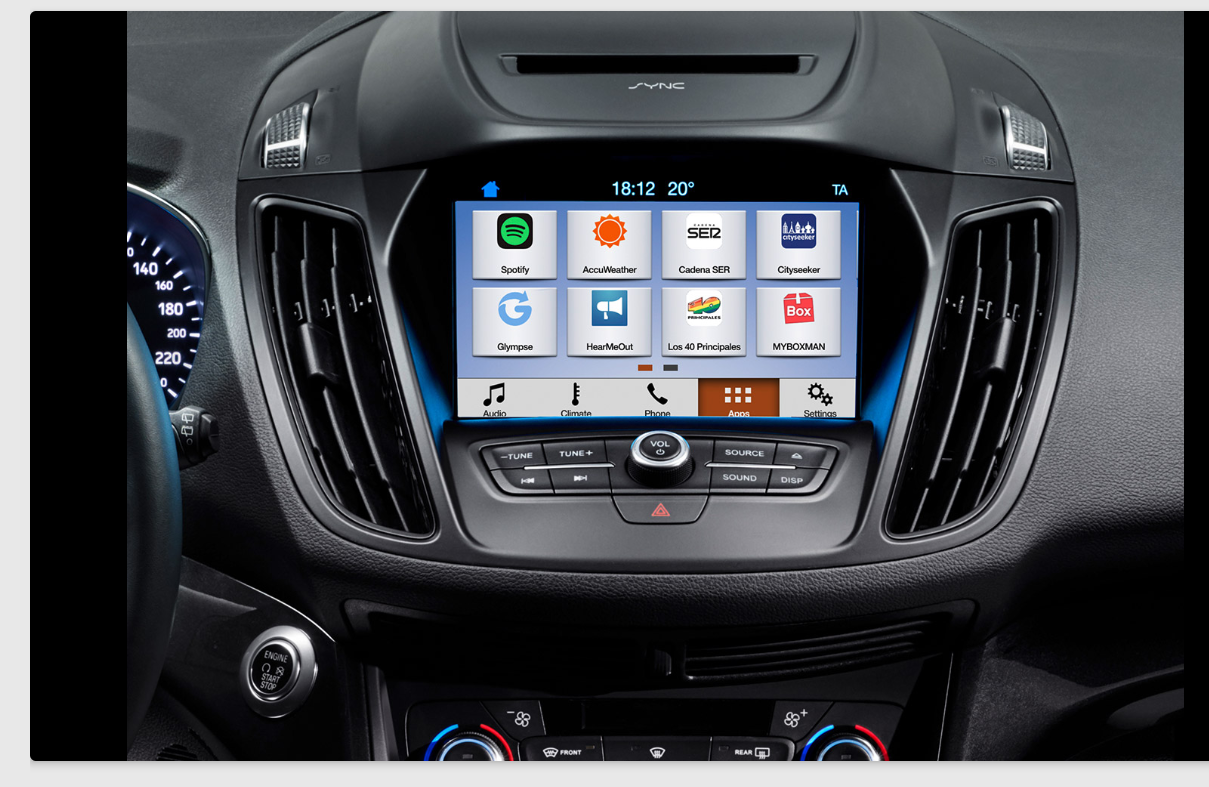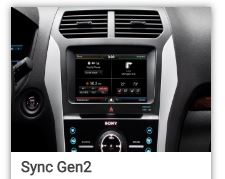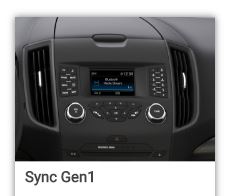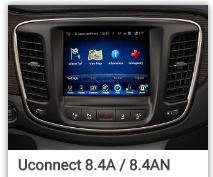Unlocking the Data: The Role of Infotainment Forensics in Modern Investigations
Introduction: The Digital Revolution on Wheels
In the ever-evolving landscape of technology, vehicles have transformed into data hubs, generating an impressive 25 gigabytes of data per hour. This explosive growth results primarily from the onboard CAN Bus system, which facilitates communication between various components of the vehicle during regular operation. However, this data doesn’t just stem from the car’s mechanics; it also includes input from passengers as they connect their devices and interact with the vehicle’s infotainment system. At Leverage Investigations, our expertise lies in utilizing state-of-the-art forensic software called iVe, developed by Berla. As one of the few private entities licensed to conduct such detailed vehicle-infotainment-forensics-investigations in the United States, we offer critical insights beyond what conventional law enforcement can provide.
Understanding Infotainment Forensics
It’s essential to clarify the distinction between Event Data Recorders (EDR), commonly known as “black boxes,” and the forensic data extracted from infotainment systems. While EDR data primarily focuses on crash reconstruction, infotainment forensics delves deeper into the minutiae of vehicle operations and passenger interactions. This broader perspective grants valuable insights into investigative processes, allowing us to piece together a detailed account of events leading up to an incident. By leveraging the powerful capabilities of iVe, our team helps clients uncover significant evidence regarding what happened, where it occurred, and who was involved.
The Power of iVe: Key Building Blocks
The iVe software operates through three foundational pillars: Identify, Acquire, and Analyze. Each step plays a crucial role in accessing and interpreting vehicle data. To begin with, we identify potential data artifacts based on the unique Vehicle Identification Number (VIN), considering factors such as the year, make, model, and trim of the vehicle. This preliminary assessment allows us to anticipate the types of data that may exist within the vehicle’s systems, which is essential for any effective forensic investigation.
Moving forward, the acquisition process involves connecting to the vehicle’s infotainment system and gathering data. It’s important to note that while certain data types can often be retrieved, we cannot guarantee the presence of any specific data. For example, if particular features were never utilized by the vehicle’s occupants, that data simply won’t be available for analysis. Nevertheless, this non-destructive process ensures that any data extraction minimizes the risk of damaging the vehicle’s systems, with a few limited exceptions.
The Investigation Journey: Data Collection and Analysis
Once the data is acquired, the analysis phase begins. Our expert team meticulously examines the retrieved information to create a comprehensive timeline of events. This data can provide insights that align with other investigative techniques, such as analyzing EDR data, cell phone dumps, or call detail records (CDR). In doing so, we broaden the scope of the investigation and identify potential witnesses, contacts, and other relevant sources that could enhance the analysis.
Additionally, this unique line of inquiry also offers new angles for investigation. For example, our findings can lead to the discovery of CCTV footage from locations the car traveled to, providing essential visual information that complements the data gathered through other methods. By forming a multi-faceted view of the incident, vehicle-infotainment-forensics-investigations become indispensable tools in modern investigative processes.
Location Flexibility and Efficiency
One of the standout features of our services is the convenience we offer to our clients. Our team travels directly to your location, ensuring that the data acquisition process is as efficient as possible. This flexibility minimizes downtime and allows for quicker results in urgent cases. The time it takes to download data can vary dramatically according to vehicle make and model, but we ensure that clients are kept informed throughout the process.
Moreover, our in-depth knowledge of the varying data types and their respective recovery processes is critical in driving effective investigations. We provide clients with a clear understanding of what to expect regarding the types of data that may be recoverable, empowering them to make informed decisions moving forward.
Conclusion: Embracing the Future of Forensic Investigations
As we continue navigating the complexities of modern investigative needs, the role of vehicle-infotainment-forensics-investigations has never been more significant. At Leverage Investigations, we pride ourselves on our certifications and access to cutting-edge technology, ensuring that our clients receive the highest level of service and insights. By combining infotainment data with other forensic tools, we can unveil critical details, facilitate deeper investigations, and bolster the overall effectiveness of case analyses.
In an age where data reigns supreme, understanding its role in vehicle systems can dramatically change the course of investigations. Whether you’re part of law enforcement or in a private sector dealing with accident analysis, embracing these advanced forensic techniques will undoubtedly enhance the pursuit of truth.
Some details..
- Based on VIN (year, make, model, Trim) a list of potential data artifacts can usually be determined.
- The different data types that can be acquired vary by vehicle. By proving us with a VIN and Year make model trim, we can predict what data should exist based upon manufacture’s details.
- Just because a data type is recoverable, there is no way to predict if there is any data there to capture. That feature may never of been used by an occupant.
- This is a NON-DESTRUCTIVE process. (there are some limited exceptions)
- Data download times vary dramatically between vehicle manufactures.
- We travel to your location!
This data creates its own timeline to stand with other investigative techniques like assisting an EDR, a Cell Phone Dump or a CDR Tower data report and also can present you with more investigative angles. Additional devices, contacts and associates, Witnesses, other people in the car, CCTV from locations the car traveled to. This is independent and points you to other evidence, but also can match in a timeline for the rest of your investigation. Alone it is a powerful tool to find critical details, but pair it with other forensic tools to get the most from each set of data. As with any forensic investigations, there is not just one tool in the toolbox.
Investigative Applications.
- Vin verification
- Altered VIN or multiple VINS
- Stolen vehicle investigations
- Cloned vehicle investigations
- Accident investigations
- DUI cases with un attended vehicle
- Murder
- Odometer fraud investigations
- Arson investigations
- ID Theft investigations
- Missing person
- Narcotics investigations
- Human trafficking investigations
- ANY sort of investigations where a person of interest used a vehicle.
- ANY investigations in determining where or what a vehicle was doing at a specific time
- Any investigations where you want to identify people who were using a vehicle, or even riding in it.
What is Infotainment?
The term is a combination of information relating to the vehicle operations like location and entertainment because the core function use to be radio. Now it had navigation, phone integration for calls and text messages. You can even post to social media wile you drive. If your car has a built in Wi-Fi hot spot it is also interfaced through the infotainment system. It is the manufactured install system in which the car data and functionality is paired with the driver or occupants desire to be informed, Know what the car is doing, and where it is. It feeds the driver and occupant information but also entertains with radio, pods casts, phone calls and many of the social media apps that we already use on our phones.
WHAT DATA CAN BE ACQUIRED FROM INFOTAINMENT SYSTEM?
Vehicle/System Information
- Serial Number
- Part Number
- Original VIN Number from multiple sources
- Build Number
Connected Devices
- Phones
- Media Players
- USB Drives
- SD Cards
- Wireless Access Points
Navigation Data
- Access Point Information
- Tracklogs and Track points
- Saved Locations
- Previous Destinations (user entered locations)
- Active and Inactive Routes
Events
- Doors Opening/Closing
- Lights On/Off
- Bluetooth Connections
- Wi-Fi Connections
- Wi-Fi war driving SSID data
- USB Connections
- System Reboots & System resets
- GPS Time Syncs
- Odometer Readings
- Gear Indications
- Driver warnings Notifications
Device Information
- Device IDs – Serial numbers and Mac ID addresses
- Call logs
- Contacts
- SMS logs
- Audio
- Video
- Images
- Media files

